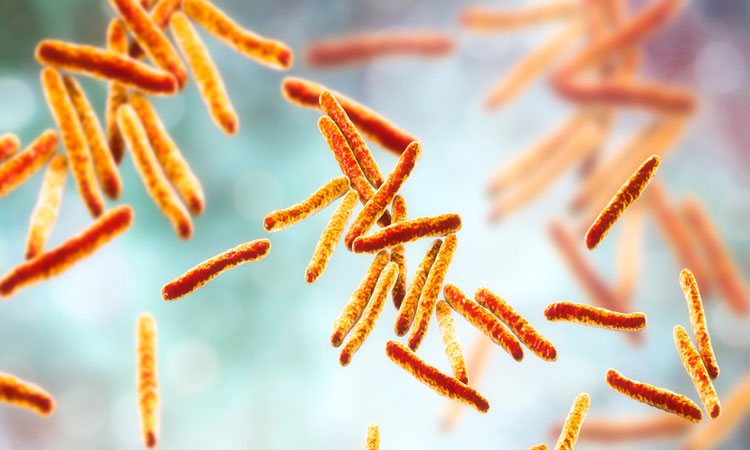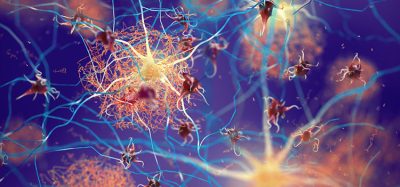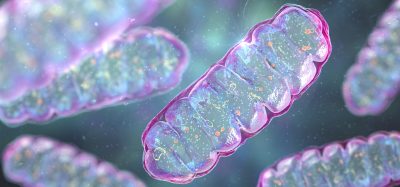Immune cell enzyme protects against tuberculosis
Posted: 14 November 2018 | Drug Target Review | No comments yet
Using lung tissue from humans and mouse models, researchers have found that HO-1 controls inflammation and protects against tuberculosis…


Using freshly resected lung tissue from 21 patients and two distinct mouse models, tuberculosis researchers at the University of Alabama at Birmingham and the Africa Health Research Institute, or AHRI, have identified a protein that plays an essential role in host defense against this deadly disease.
The research is led by Dr Andries Steyn, a UAB Professor of Microbiology who maintains labs at both UAB and the AHRI, in Durban, South Africa. Due to very high rates of tuberculosis, or TB, in South Africa, infected human lung tissue is readily available from nearby hospitals, as patients undergo surgery as a last hope for recovery.
Direct study of microanatomic niches in the fresh lung tissue – including healthy and severely diseased areas – then can reveal the differences in immune responses and cell activity in these distinct regions. Prof Steyn and his research team said this unique approach will aid in identifying potential host factors that could be therapeutically targeted to limit the extensive tissue damage associated with chronic pulmonary TB disease. This dangerous lung tissue, including lungs infected with multi-drug-resistant or extensively drug-resistant TB bacteria, is carefully handled in an advanced biosafety lab at the AHRI because as few as one to three TB bacteria in an aerosol droplet can cause infection. TB infections by the bacterium Mycobacterium tuberculosis, or Mtb, kill about 1.3 million people a year.
Prof Steyn and his colleagues were able to separate different types of cells found in distinct niches of human freshly resected TB lungs and characterise those cells for production of the protein heme oxygenase-1. Heme oxygenase-1, or HO-1, is an enzyme that protects cells from harmful reactive oxygen or nitrogen intermediates; HO-1 also is able to control inflammatory responses.
The researchers found that HO-1 in human TB lungs was expressed primarily by myeloid immune cells, including neutrophils and macrophages, and that HO-1 levels in these cells were directly proportional to protection against TB pathophysiology.
Specifically, there was a greater percentage of HO-1-producing neutrophils and macrophages in uninfected areas of the lung than in diseased areas, and those cells in uninfected areas produced more HO-1 than the cells in diseased areas. As a consequence, the lack of HO-1 protection in diseased areas allowed myeloid cell-production of destructive reactive oxygen and nitrogen species. What makes these findings clinically relevant is that HO-1 is essential in humans but not in mice, which points to the importance of examining human TB lung tissue to complement animal models for TB.
“To the best of my knowledge, this extensive analysis of freshly resected human TB lung tissue is the first of its kind, as these lungs are scarce,” Prof Steyn said.
This finding in humans was supported by two HO-1 deficient mouse models that showed HO-1 is necessary to control myeloid cell infiltration and inflammation to protect against TB progression. One mouse model was a global knockout of the HO-1 gene; the other model was an HO-1 knockout in myeloid cells only. In both models, knockout mice had more susceptibility to Mtb infection – the knockout mice died sooner and had higher loads of Mtb in their lungs and spleens. The knockout mice also had increased infiltration of immune cells and levels of cytokines, the cell-signaling proteins that regulate or stimulate immune responses.
Overall, the findings from human lungs and the mouse models showed that expression of HO-1, especially within myeloid cells, appears to be essential for host defense against Mtb disease progression. For human TB patients, Steyn says, the research suggests that finding a way to upregulate HO-1 activity might limit immunopathology during active TB disease.
This research was published in the journal Cell Reports.
Related topics
Disease Research, Research & Development
Related conditions
Tuberculosis (TB)
Related organisations
Africa Health Research Institute, University of Alabama at Birmingham
Related people
Prof Andries Steyn







